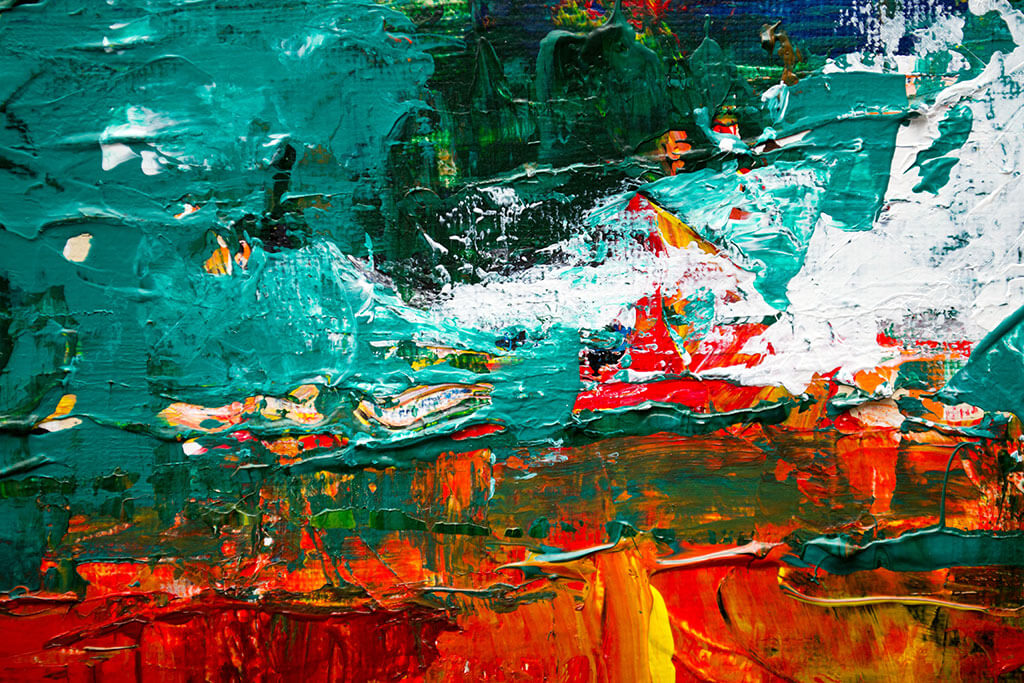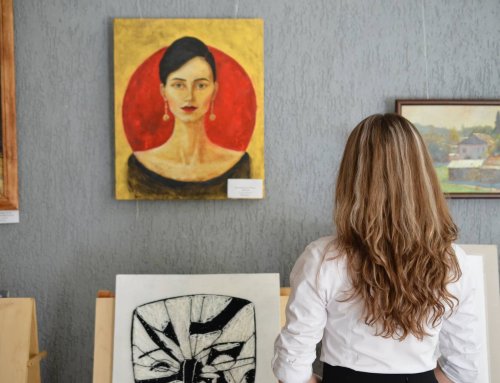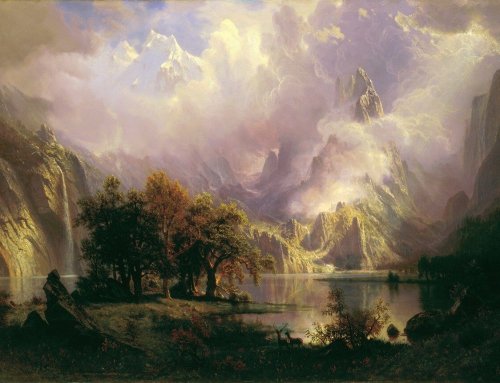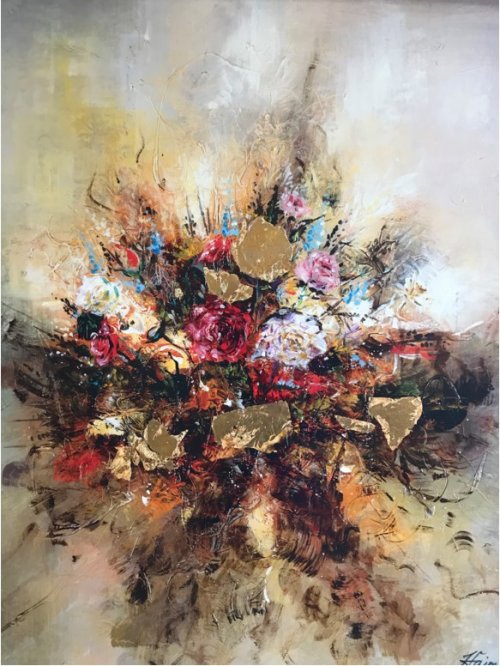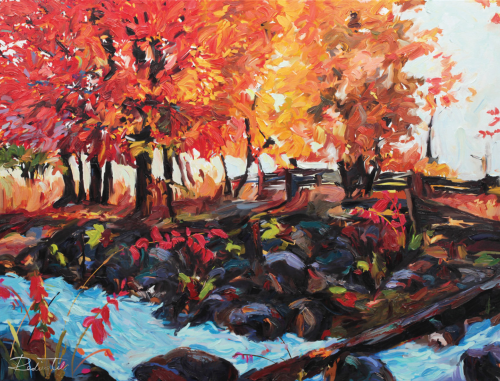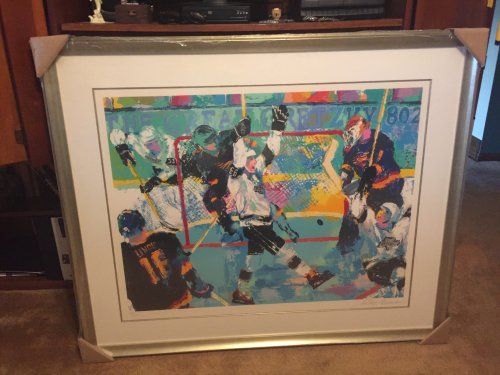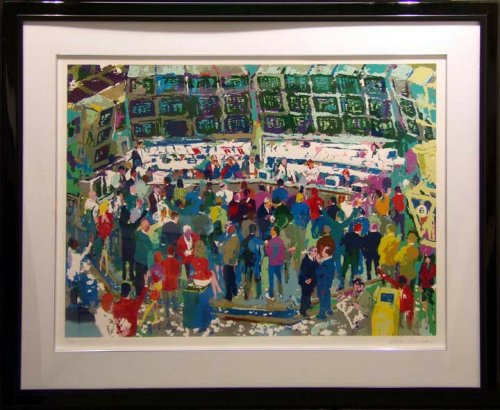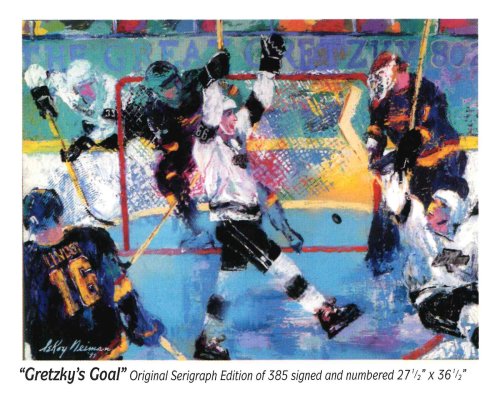As an art enthusiast, you may have noticed the stark differences between traditional art and modern art. While traditional art tends to depict classical themes and follow a set of established rules, modern art often breaks those rules and explores new techniques and concepts.
Understanding the differences between these two styles is important for appreciating art and understanding its value as you search for fine art pieces of your own. In this blog post, we will explore the evolution of art, the characteristics of traditional art, modern art, and contemporary art, and discuss what gives an art piece its value.
The Evolution of Art
Art has been a part of human culture since ancient times. Traditional painting and folk art were the primary forms of artistic expression for centuries, and they often followed a set of established rules and themes and focused on representing the world as it is. The emergence of the modern art movement in the late 19th century challenged these traditions and explored new techniques and concepts.
The modernist movement, which lasted from the early 20th century until the 1960s, further pushed the boundaries of art and emphasized individual expression and experimentation. In the mid-20th century, abstract expressionism emerged as a dominant art style, characterized by its use of bold colours and abstract forms.
Characteristics of Traditional Art
Traditional art focuses on classical themes and follows established rules and techniques. The subject matter often includes religious and historical themes, portraits, landscapes, and still life. The art style tends to be representational, meaning that it depicts objects and figures realistically. Traditional art often features smooth brushstrokes, intricate details, and realistic colour schemes, as seen in much of the art during the Renaissance period.
In addition to the subject matter and representational style, traditional art also emphasizes technical skill and mastery. It values realism and accuracy in its depictions, and artists often spend years perfecting their craft. Traditional art also places a strong emphasis on composition, balance, and harmony, with careful attention paid to the placement and arrangement of figures and objects within the artwork.
Characteristics of Modern Art
Modern art is known for breaking away from the established rules and techniques of traditional art. This departure allowed modern artists to explore new forms, techniques, and concepts freely. In contrast to traditional art’s focus on representing reality accurately, modern art often employs abstraction or non-representational techniques. This approach allowed artists to experiment with the way they represented their subject matter, emphasizing the importance of emotions, sensations, and ideas over realistic depictions.
Modernist art often features bold, vibrant colours and simplified forms, providing an expressive and direct visual impact. Modern art also often emphasizes the creative process, showcasing the artist’s journey and experimentation in their work. The style’s focus on individual expression and exploration has enabled the creation of new art forms, paving the way for contemporary art to continue pushing boundaries and challenging traditional norms.
Characteristics of Contemporary Art
Contemporary art refers to art created after the modernist movement and continues to evolve in our present time. Diverse and inclusive, it encompasses a broad range of styles, themes, and techniques, and it often explores current social and political issues. It can be representational or abstract and frequently incorporates various media, such as painting, sculpture, and digital technology. Contemporary artists often challenge traditional artistic conventions and push the boundaries of what is considered art. Examples of well-known contemporary artworks include Felix Gonzalez-Torres’ Untitled (Portrait of Ross in L.A.), Richard Prince’s Untitled (Cowboy), and Ellsworth Kelly’s Untitled (Yellow and Blue).
The Value of Art
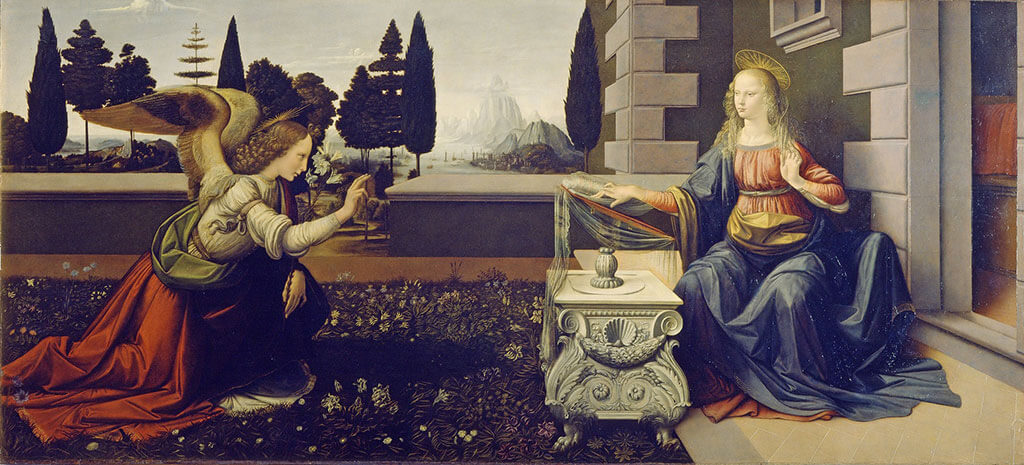
As with any commodity, the value of art is determined by a variety of factors. These factors can include the quality and uniqueness of the artwork, the artist’s reputation and previous sales history, the condition of the piece, and the demand from buyers.
The Valuation of Traditional Art
When it comes to traditional art, the value is often based on the historical significance and craftsmanship of the piece. Traditional art pieces are often valued based on their age, rarity, and the prestige of the artist who created them.
Where Modern Art Derives Its Value
Modern art pieces are often valued based on their originality, innovation, and the artist’s personal expression. Modern art pieces can be more challenging to evaluate due to their abstract nature and the fact that they often push the boundaries of traditional art forms. For example, Jackson Pollock’s drip paintings, which are considered a prime example of modern art, have sold for millions of dollars due to their unique style and the artist’s reputation.
The value of art can also change over time. While traditional art pieces may hold their value or appreciate in value due to their historical significance, modern art pieces may experience fluctuation in value depending on various factors such as changing artistic trends or the artist’s popularity. For example, in the 1980s, pop art pieces by artists such as Andy Warhol and Roy Lichtenstein experienced a surge in value due to their popularity in the art world and among collectors.
Explore the Beauty of Traditional and Modern Art at Newport Brushstrokes
Traditional art and modern art are two distinct styles with different characteristics, techniques, and purposes. While traditional art aims to accurately depict reality and preserve cultural traditions, modern art seeks to express emotions, ideas, and sensations through experimentation and abstraction.
As art enthusiasts, it is important to understand and appreciate the differences between these styles and continue exploring and learning about the diverse range of art that exists today. By doing so, we can gain a deeper appreciation for the power and beauty of art and its ability to inspire, challenge, and transform us.
Newport Brushstrokes takes pride in providing a wide range of original artworks in traditional, modern, and contemporary styles. We encourage you to browse our gallery and discover the perfect piece for your space. Contact us for any inquiries, and our team will be happy to assist you.

